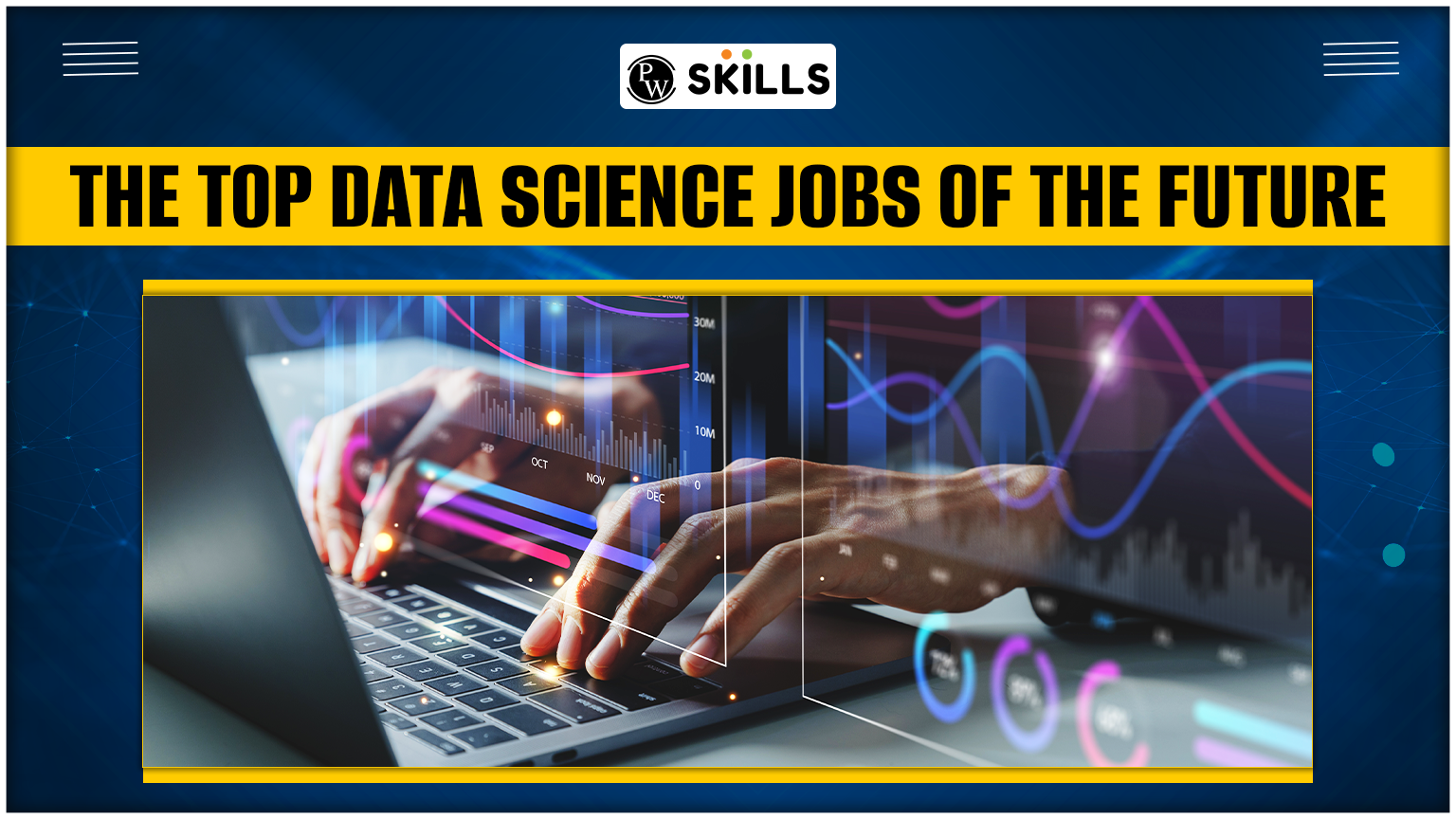As we step into the year 2025, the world of data visualization is undergoing a significant transformation. With the exponential growth of data, organizations are seeking professionals who can collect, analyze, and visualize complex data to drive business decisions. Data visualization is no longer just a niche skill, but a crucial aspect of any organization’s data strategy. In this article, we will explore the top data visualization jobs in 2025, the required skills, and the future of the industry.

What is Data Visualization?
Data visualization is the process of creating graphical representations of data to better understand and communicate complex information. It involves using various tools and techniques to transform data into interactive and dynamic visualizations, such as charts, graphs, and maps. The main goal of data visualization is to help organizations make data-driven decisions by providing insights and trends that might be hidden in raw data.
Top Data Visualization Jobs in 2025
- Data Visualization Specialist: A data visualization specialist is responsible for creating interactive and dynamic visualizations to communicate complex data insights to stakeholders. They work closely with data analysts and scientists to design and develop visualization solutions that meet business requirements.
- Business Intelligence Developer: Business intelligence developers design and develop data visualization solutions to support business decision-making. They work with various stakeholders to understand business requirements and create data visualizations that provide insights and trends.
- Data Scientist: Data scientists collect, analyze, and interpret complex data to gain insights and knowledge. They use various data visualization tools and techniques to communicate their findings to stakeholders and drive business decisions.
- UX Designer: UX designers are responsible for creating user-centered design solutions that provide an intuitive and engaging user experience. They work closely with data visualization specialists to design and develop interactive and dynamic visualizations.
- Data Analyst: Data analysts collect, analyze, and interpret data to identify trends and patterns. They use various data visualization tools and techniques to communicate their findings to stakeholders and drive business decisions.
- Data Engineer: Data engineers design, develop, and maintain large-scale data systems that support data visualization solutions. They work closely with data visualization specialists to ensure that data is properly stored, processed, and visualized.
- Visualization Consultant: Visualization consultants work with organizations to identify areas where data visualization can improve business decision-making. They provide expertise and guidance on data visualization best practices and help organizations develop effective data visualization strategies.
- Geospatial Analyst: Geospatial analysts use geographic information systems (GIS) to analyze and visualize geospatial data. They work with various stakeholders to understand business requirements and create data visualizations that provide insights and trends.
Required Skills
To succeed in data visualization jobs, you will need to possess a combination of technical, business, and soft skills. Some of the key skills required include:
- Programming skills: Proficiency in programming languages such as Python, R, and JavaScript is essential for data visualization.
- Data visualization tools: Knowledge of data visualization tools such as Tableau, Power BI, and D3.js is required.
- Data analysis: Strong data analysis skills, including data mining, statistical analysis, and data modeling.
- Communication: Effective communication skills to present complex data insights to stakeholders.
- Business acumen: Understanding of business requirements and the ability to provide data-driven insights that drive business decisions.
- Creativity: Ability to think creatively and develop innovative data visualization solutions.
Future of Data Visualization
The future of data visualization is exciting and rapidly evolving. With the growth of artificial intelligence, machine learning, and the Internet of Things (IoT), data visualization will play an increasingly important role in driving business decisions. Some of the trends that will shape the future of data visualization include:
- Augmented reality: The use of augmented reality to create immersive and interactive data visualizations.
- Artificial intelligence: The use of artificial intelligence to automate data analysis and visualization.
- Real-time data: The use of real-time data to provide instant insights and trends.
- Big data: The use of big data to analyze and visualize large-scale data sets.
FAQ
- What is the average salary for data visualization jobs?
The average salary for data visualization jobs varies depending on the role, location, and industry. However, according to Glassdoor, the average salary for a data visualization specialist is around $80,000 per year. - Do I need a degree in data science to work in data visualization?
While a degree in data science can be beneficial, it is not always required. Many data visualization professionals come from a variety of backgrounds, including computer science, mathematics, and design. - What are the most popular data visualization tools?
The most popular data visualization tools include Tableau, Power BI, D3.js, and Matplotlib. - How can I learn data visualization?
There are many online resources available to learn data visualization, including tutorials, courses, and books. Some popular resources include DataCamp, Coursera, and edX. - What are the key skills required for data visualization jobs?
The key skills required for data visualization jobs include programming skills, data analysis, communication, business acumen, and creativity.
Conclusion
Data visualization is a rapidly evolving field that is playing an increasingly important role in driving business decisions. With the growth of data and the need for data-driven insights, the demand for data visualization professionals is on the rise. Whether you are a seasoned professional or just starting your career, there are many exciting opportunities available in data visualization. By possessing the required skills and staying up-to-date with the latest trends and technologies, you can succeed in this exciting and rewarding field. As we move forward into 2025 and beyond, one thing is certain – data visualization will continue to play a vital role in shaping the future of business and industry.
Closure
Thus, we hope this article has provided valuable insights into The Future of Data Visualization: Top Jobs in 2025. We thank you for taking the time to read this article. See you in our next article!


